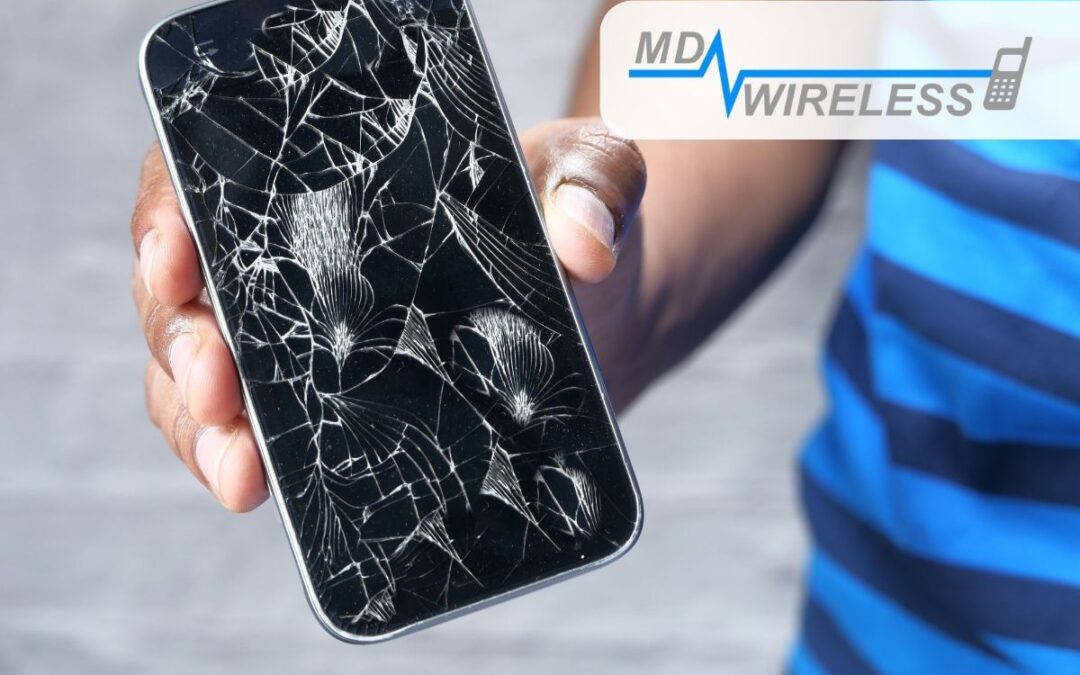What is the Most Common Phone Repair?
Mobile device repair is a practical topic for anyone who relies on smartphones daily. From cracked screens to battery woes, the reasons to seek professional help are plentiful. In this post, we’ll explore the most common phone repairs, why they happen, and how to approach mobile device repair in a smart, cost-conscious way.
Introduction: Why Phone Repairs Are So Common
Smartphones are intricate machines that endure a lot of daily use. Screens are touched hundreds of times, batteries power long days, and hardware components can degrade over time. As a result, certain issues crop up more frequently than others. Understanding the most common phone repairs can help you diagnose problems sooner, estimate costs, and decide when to attempt DIY fixes or seek professional assistance through mobile device repair services.
1) Screen Repairs: The Top Reason People Need Repairs
Without a doubt, cracked or damaged screens are the most frequent reason people seek phone repair. Drops, slips, and improper handling can lead to shattered glass, unresponsive touchscreens, or display discoloration. Even minor cracks can allow dust and moisture to seep in, accelerating long-term damage.
- Why screens fail: Everyday wear, accidental drops, and pressure on the device.
- What repair involves: Replacing the front glass, LCD, or OLED panel, plus calibration of touch and display settings.
- Costs and options: DIY screen replacement kits exist, but professional repair often ensures warranty and quality alignment.
If you’re shopping for mobile device repair, prioritize reputable technicians who use OEM or high-quality parts and offer a warranty on workmanship. A good screen repair can restore the device’s usability and appearance, often at a price that’s more economical than buying a new phone.
2) Battery Issues: When Power Fades
Diminished battery life is another ubiquitous problem. Over time, batteries lose capacity, leading to shorter sessions between charges, unexpected shutdowns, and swelling in some cases.
- Symptoms to watch: Quick battery drain, device heat during charging, unexpected shutdowns.
- Repair approach: Battery replacement is common and typically straightforward for many models. Some devices have removable batteries, while others require professional service to replace the unit.
- Considerations: Battery health can be tested, and some shops offer diagnostic checks to estimate remaining life and safety.
Mobile device repair for batteries is a routine service because it directly impacts day-to-day use. If you notice age-related battery decline, exploring a replacement can extend the life of your phone significantly.
3) Charging Ports and Connectivity: Loose Ports and Poor Connections
A less glamorous but frequent issue is a faulty charging port or damaged connectors. Debris, wear, or bent pins can prevent proper charging, data transfer, or audio output.
- Symptoms: Inconsistent charging, device not recognizing accessories, or intermittent connection when plugged in.
- Repair steps: Cleaning the port, replacing the port assembly, or addressing related daughterboard issues.
- Tips: Using a protective case and a high-quality charger can slow down port wear.
For those who rely on a steady connection for work or communication, addressing charging port problems promptly is essential to avoid further complications.
4) Camera and Sensor Problems: Blur, Focusing, and Misreads
Cameras are central to modern smartphones, and problems here can be particularly frustrating. Blurry images, autofocus failures, or sensor glitches can hamper everyday use.
- Common fixes: Lens cleaning, software updates, or sensor replacement in more serious cases.
- Why it happens: Drops, moisture exposure, or wear on camera modules.
- Decision points: If the camera quality deteriorates but other functions remain solid, a targeted repair can preserve value and usability.
5) Water Damage: The Silent Killjoy
Water exposure remains a major risk for phones. Even with IP ratings, moisture can find its way inside, affecting circuits and components.
- Immediate steps: Power down the device, remove SIM card, and avoid charging until inspected.
- Repair reality: Water damage can be unpredictable; some devices recover after professional cleaning and component replacement, while others are beyond repair.
- Prevention: Use waterproof cases and avoid environments with high moisture.
How to Decide Between DIY and Professional Mobile Device Repair
- DIY considerations: If you have experience, access to the right tools, and parts, some repairs like screen replacements or battery swaps can be DIY-friendly. However, this can void warranties and risk further damage.
- Professional benefits: Certified technicians bring expertise, OEM parts, safety protocols, and warranties on workmanship. For complex issues, professional repair often saves time and preserves device value.
Finding a Reputable Mobile Device Repair Service
- Check reviews and certifications from recognized bodies.
- Ask about part quality (OEM vs aftermarket) and warranty terms.
- Request a diagnostic upfront and a transparent quote before proceeding.
Final Thoughts
Phone repairs are a routine part of owning a modern mobile device. The most common repairs, screen replacements, battery swaps, charging port issues, camera or sensor problems, and water damage, cover a large share of calls to mobile device repair shops. Being informed helps you make smarter choices about when to repair, how to budget, and how to protect your device to extend its lifespan. Whether you’re facing a cracked screen or a fading battery, professional repair services can restore usability and protect the investment you’ve made in your smartphone.
Contact Us Today and let us help you get your mobile device back in working order!

